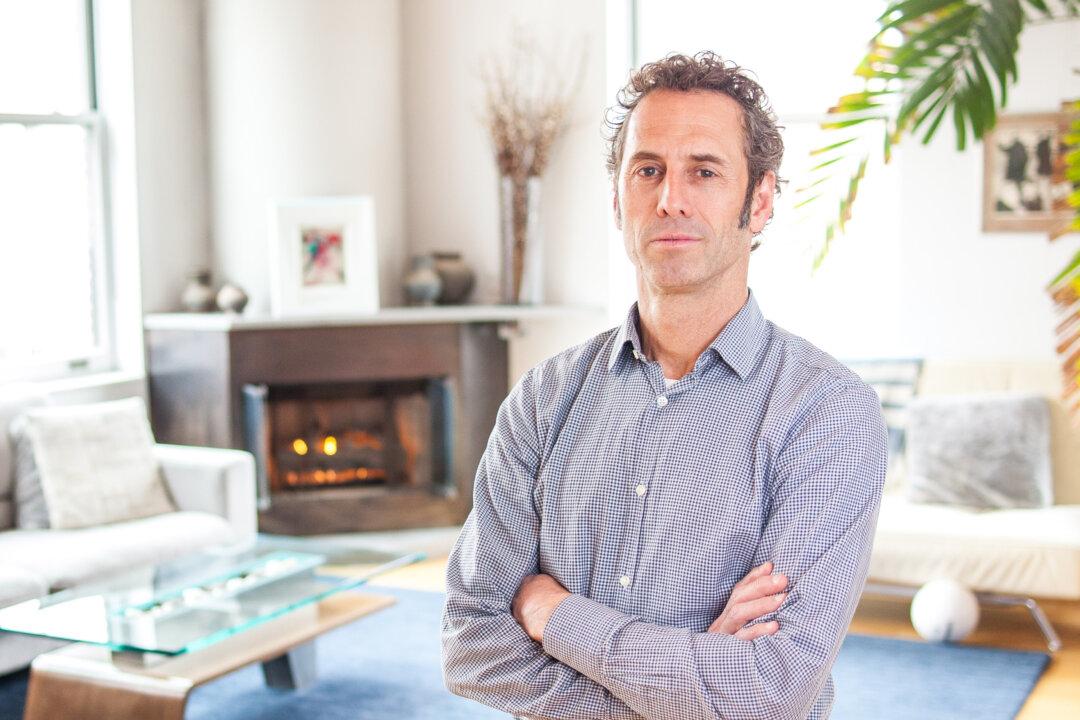NEW YORK—Architect Joe Eisner’s ultramodern three-bedroom loft in Tribeca is spacious and luxurious, yet highly industrial.
Media units made of Scandinavian plywood, finished concrete floors, and exposed brick blend perfectly with the hickory flooring, dark walnut millwork, trimless flush doors, and marble countertops recurrent throughout his family’s 2,398-square-foot home.
Eisner’s design aesthetic is exemplified in the sweeping, curved, polished plaster wall that dramatizes the open-plan dining area. Tribeca’s lofts are famous for their celebrity residents, such as Eisner’s former neighbor Jon Stewart, and Eisner, the architect, developer, and furniture designer, fits right in to this environment.
Born in Manhattan and raised on the Upper West Side, Eisner learned at a young age the importance of detail. His mother Carole is an artist, and his father Richard is an accountant.
“We live mainly in rectilinear spaces, from a furniture standpoint,” Eisner said, “So I always want something in my spaces that challenges that logic and free things up. So the curve is about movement,” he explained.
Soft on the eye, with a sculpture-like feel, the curved wall tapers back as it meets the kitchen to optimize freedom of movement at the kitchen’s two entrance points.

The master bedroom in architect Joe Eisner's Tribeca loft. During the condo conversion back in 2004, Eisner removed a freight elevator from this room. Eisner designed the bedside tables a number of years ago, and the Asian bench belonged to his wife Vicki Porges's late uncle. Petr Svab/Epoch Times





